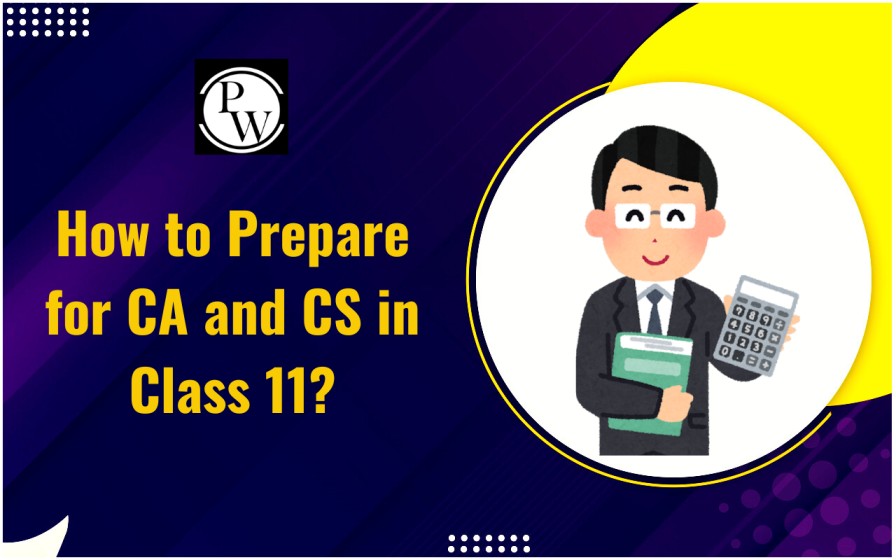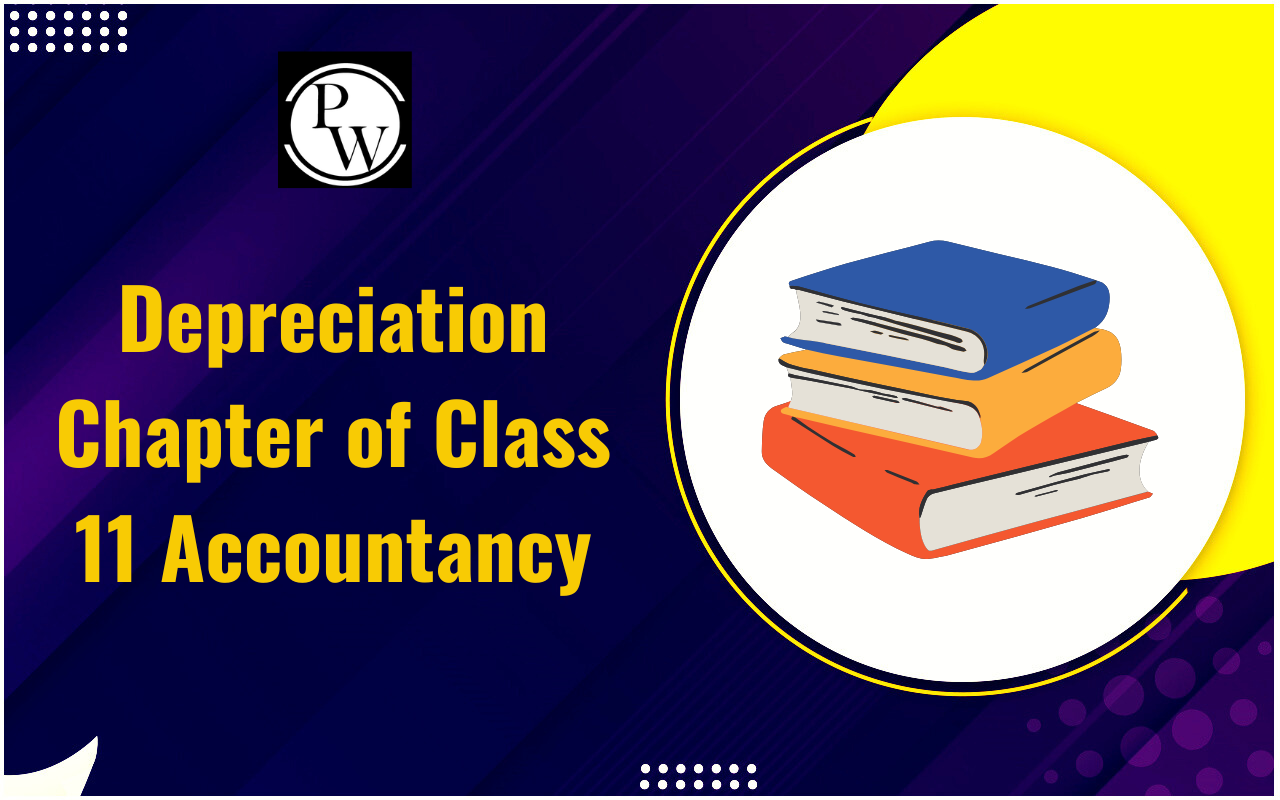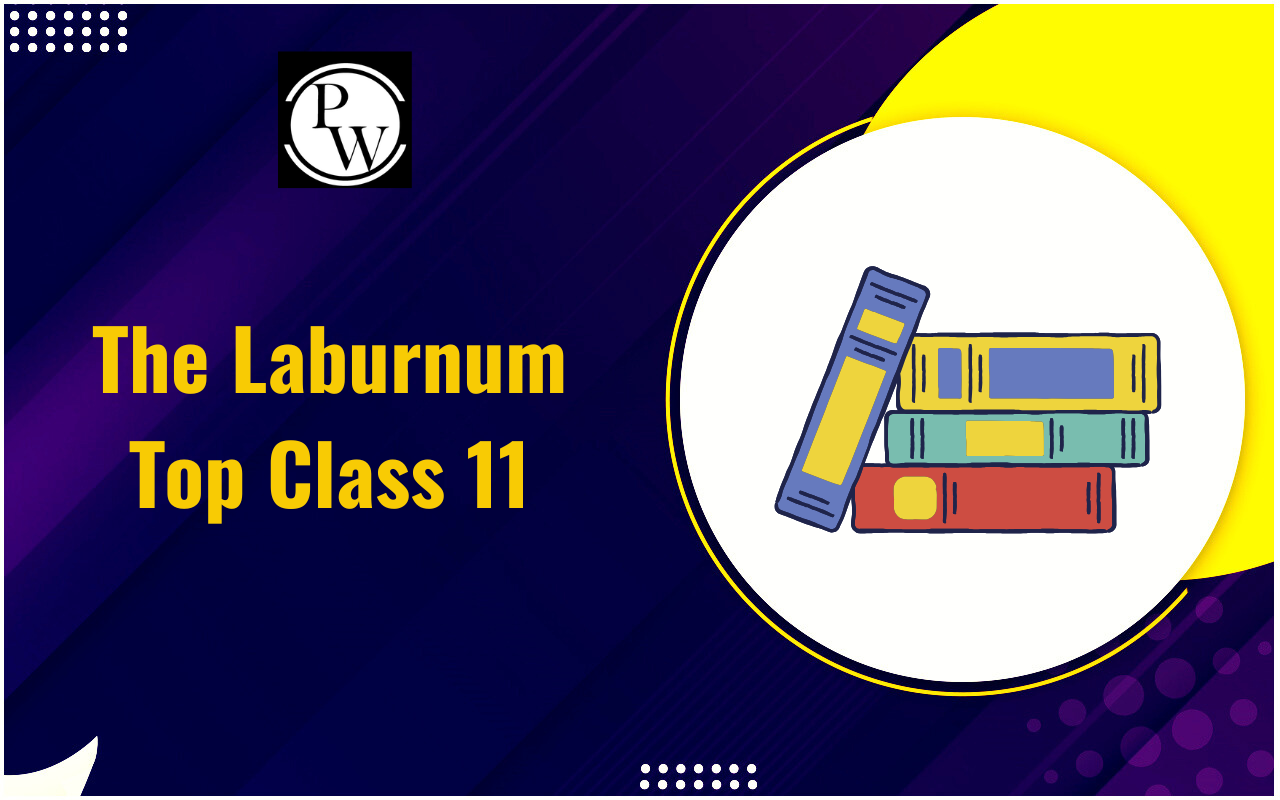
Class 11 Data Presentation: In statistics, information is collected from different sources. But raw information is not useful until it is arranged properly. When we arrange facts in an easy-to-read form, it becomes more meaningful. This process is known as data presentation. Class 11 Data Presentation helps students learn how to organize facts simply and systematically. It is one of the most important chapters in Class 11 Statistics because it teaches the foundation of working with data.
Class 11 Data Presentation is not only useful for exams but also for real life. Whenever we want to understand numbers, graphs, or tables, we use these methods. This chapter shows us how to present data in text, tables, diagrams, and graphs.
What is Class 11 Data Presentation?
Class 11 Data Presentation means showing collected information in a clear form. It helps us to make the data simple, attractive, and easy to understand. With the help of presentation methods, even large data can be understood quickly.
There are many ways to present data. In Class 11 Statistics, four main methods are explained. These are textual, tabular, diagrammatic, and graphical presentations. Each method has its own importance, and students should know all of them to perform well in exams.
Types of Data Presentation in Class 11
Class 11 Data Presentation can be divided into four main types. Below, we’ve mentioned the types of data presentation in class 11:
1. Textual Presentation
In this method, data is written in words. It is the simplest form where information is explained in sentences. Textual presentation is useful when the data is small and can be described easily.
2. Tabular Presentation
Tabular presentation arranges data in rows and columns. A table has many parts, such as title, table number, stubs (row headings), captions (column headings), body, footnotes, and source notes. It helps in organizing large information in a small space. There are single-way tables that show one feature and two-way tables that show two features at the same time. Tabular form also makes comparison easy and helps in creating diagrams and graphs.
3. Diagrammatic Presentation
Diagrammatic presentation shows data with the help of diagrams or pictures. The most common form is the bar diagram. There are different types of bar diagrams. A simple bar diagram has one bar for each item. A multiple-bar diagram has more than one bar for comparison. A subdivided bar diagram divides one bar into parts. A percentage bar diagram shows the data in terms of percentages. Diagrams make data attractive, simple, and easy to remember.
4. Graphical Presentation
Graphical presentation uses graphs to show data. The common types are histogram, frequency polygon, frequency curve, and ogive. A histogram uses bars to show frequencies. A frequency polygon joins the midpoints of histogram bars with straight lines. A frequency curve is a smooth curve drawn like a polygon. An ogive is a cumulative frequency curve and can be of two types first is a less-than ogive and a more-than ogive. Graphs are very useful for finding the median and mode. They are also used to show changes over time through line graphs or time series graphs.
Important Rules of Data Presentation
For the Class 11 Data Presentation, students must follow some basic rules. These rules make the data clear, correct, and meaningful.
1. Title and Table Number
Every table or graph should have a proper title. Titles must clearly describe what the data is about. Table numbers also help in easy reference.
2. Clear Headings
Captions and stubs must be written clearly. The headings should be short but meaningful so that the reader quickly understands what the data shows.
3. Proper Scale
In graphs, scales must be chosen carefully. If the scale is wrong, it can give a false picture of the data. Correct scales maintain accuracy.
4. Accuracy
Data should always be presented without mistakes. Even a small error in figures or scales can change the meaning of the information.
5. Simplicity
Presentation should be simple and easy to understand. Complicated styles or unnecessary decoration should be avoided.
6. Footnotes and Sources
If the data is taken from any source, it should be mentioned at the bottom of the table or graph. Footnotes can also be added to explain any special points.
7. Use of Colors and Legends
In diagrams and graphs, colors and legends should be used in a neat and clear way. They should guide the reader and not create confusion.
Importance of Class 11 Data Presentation for Exams
Class 11 Data Presentation is very important for exams and overall learning. It is not just about arranging numbers but also about understanding them better.
1. Easy Understanding
Presentation converts raw numbers into meaningful facts. Students can learn and understand the data quickly when it is presented properly.
2. Better Comparison
Tables, diagrams, and graphs allow comparison between different facts. They make it easier to analyze information and see differences clearly.
3. Attractive Learning
Visual forms like bar diagrams and graphs make learning more interesting. They also leave a strong impression on the student’s mind, which helps in revision.
4. Support in Problem Solving
In exams, many questions require solving with the help of diagrams or graphs. Knowing presentation methods gives the basis to solve such problems.
5. Connection with Other Chapters
Topics like measures of central tendency, correlation, and probability all require proper presentation of data. This chapter supports learning in the other areas of statistics.
6. Skill for Future
Data presentation is a skill that goes beyond school exams. It is used in higher studies and careers in fields like business, economics, and research.
Class 11 Data Presentation is the backbone of statistics. It makes raw numbers simple, clear, and useful. By learning textual, tabular, diagrammatic, and graphical methods, students can present information in different forms. Following the rules of presentation ensures accuracy and clarity.
This chapter is not only important for exams but also for building skills for the future. Students should practice drawing tables, diagrams, and graphs again and again. Practice improves presentation skills and reduces mistakes. With Class 11 Data Presentation, students get a strong foundation in statistics and confidence for solving data-related problems.
Class 11 Data Presentation FAQs
What is data presentation in Class 11 Statistics?
What are the main types of data presentation in Class 11?
Why is tabular presentation important?
What is the difference between diagrammatic and graphical presentation?










